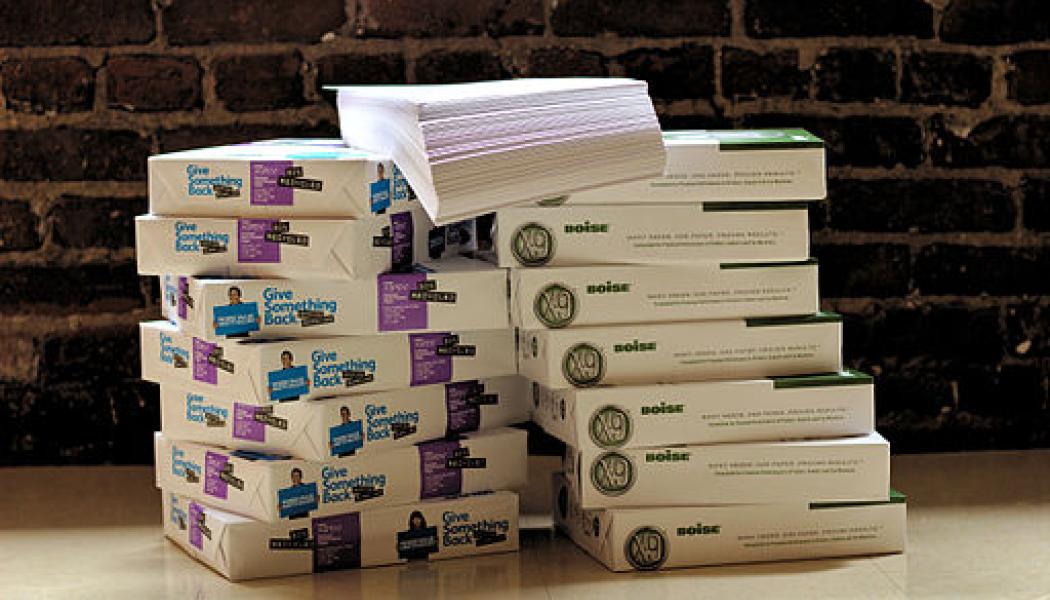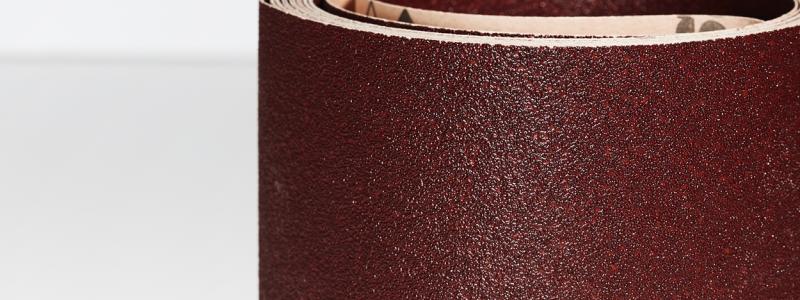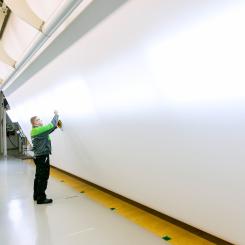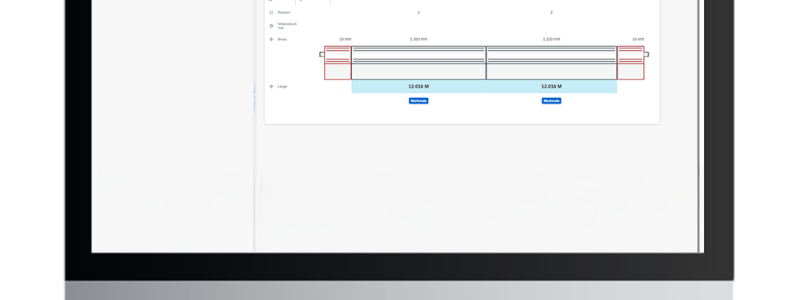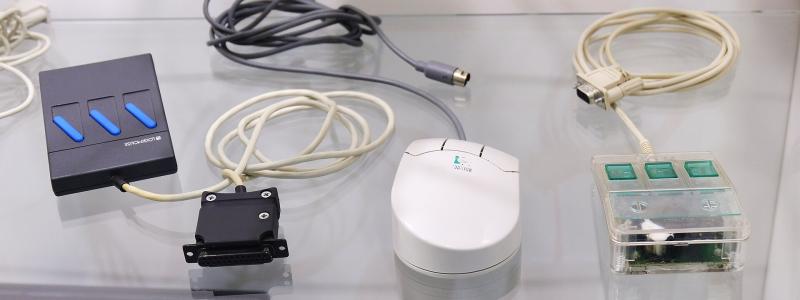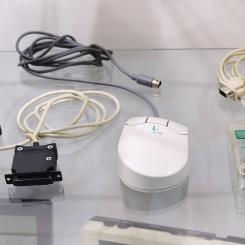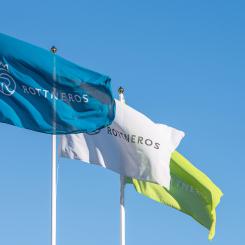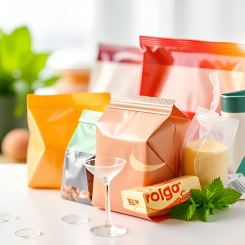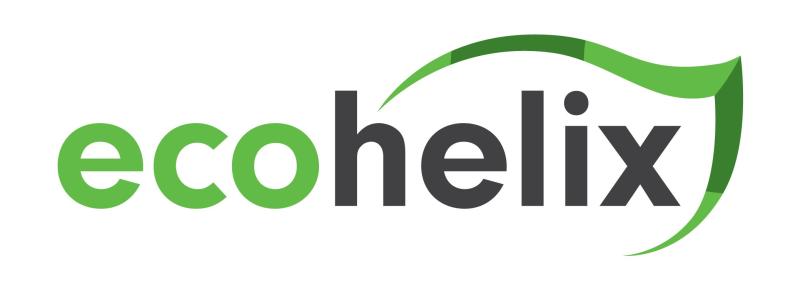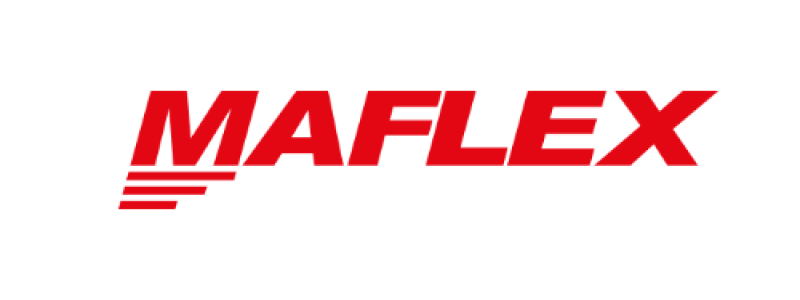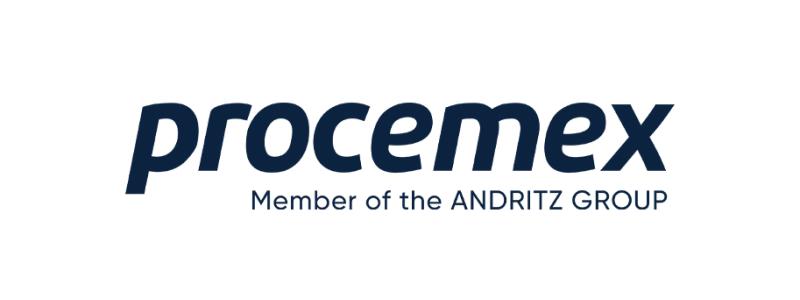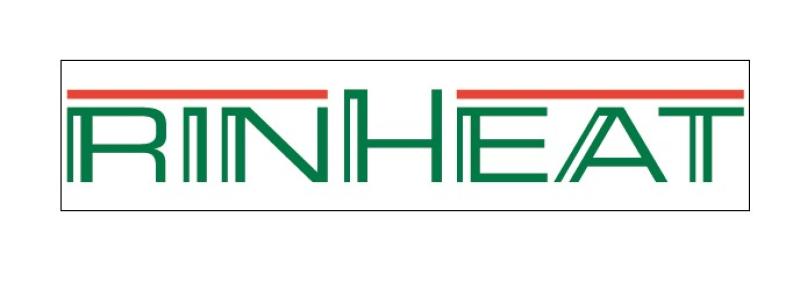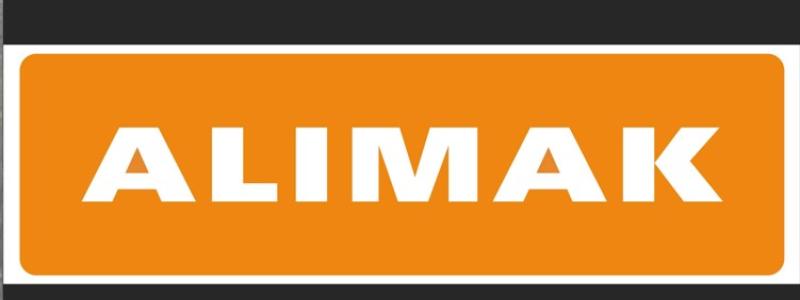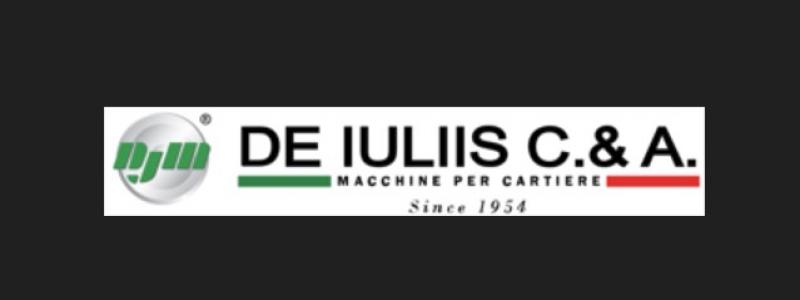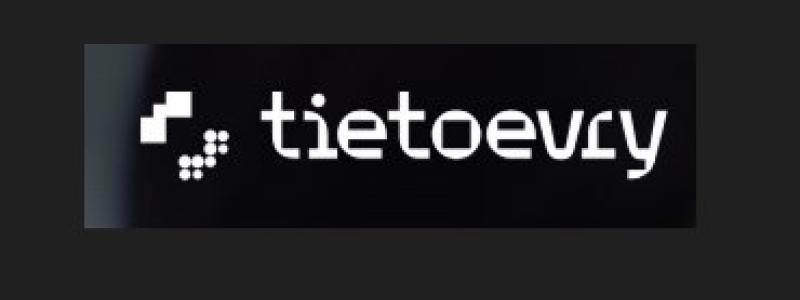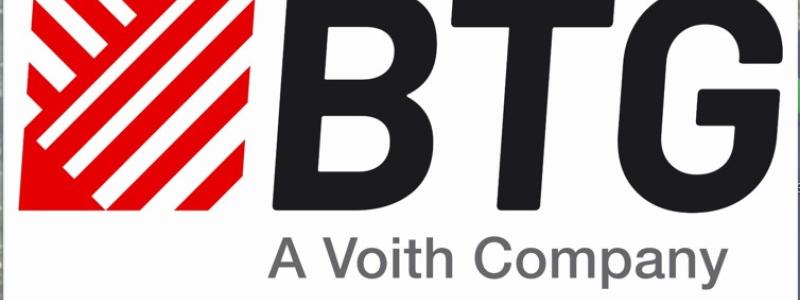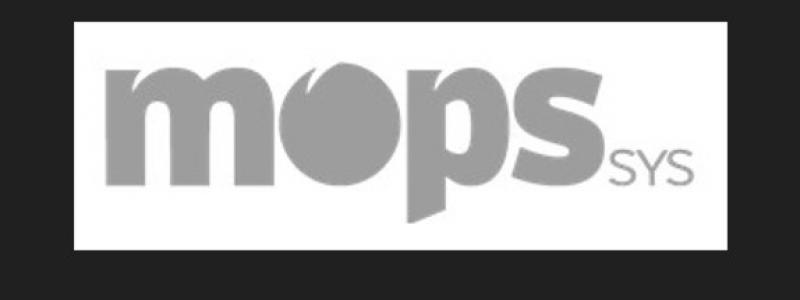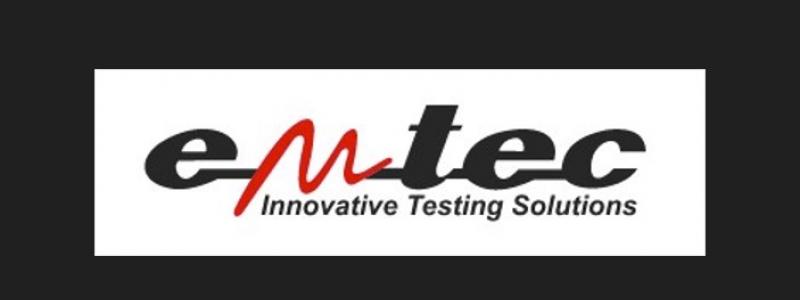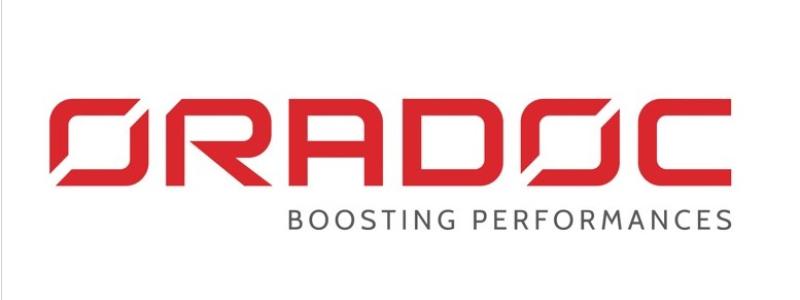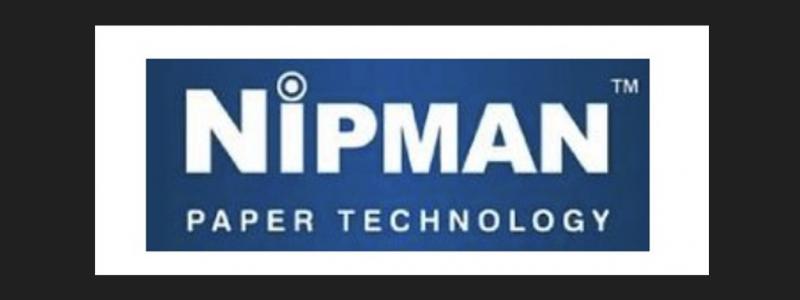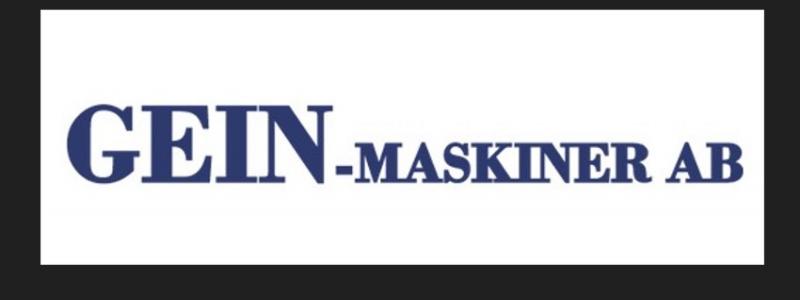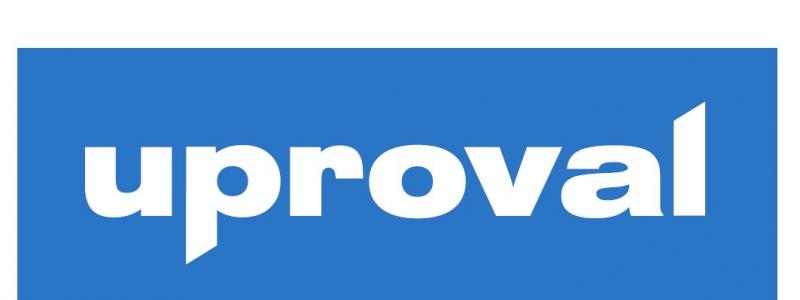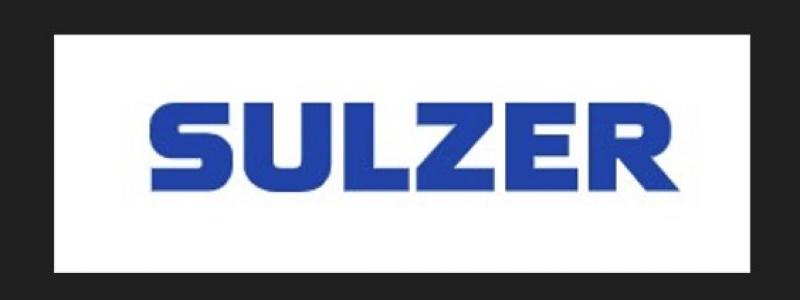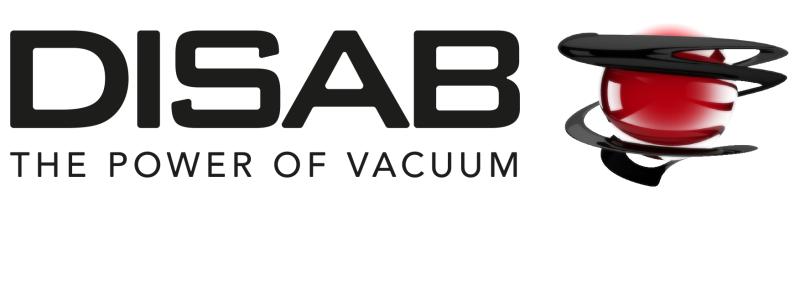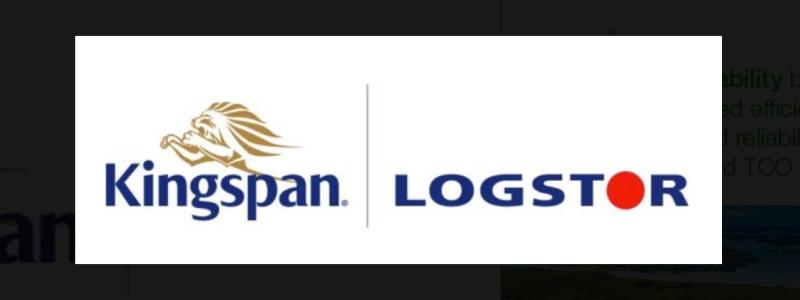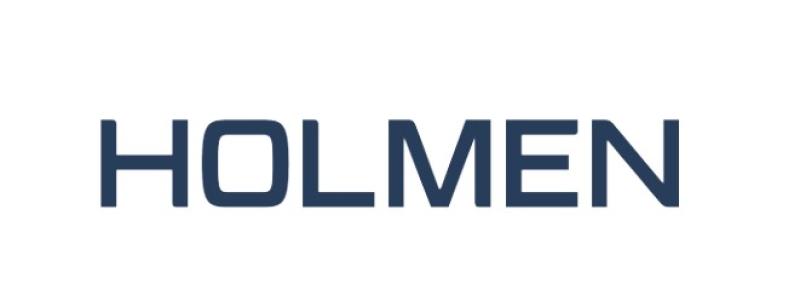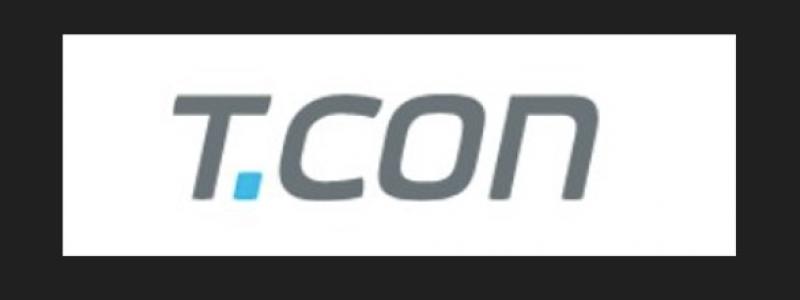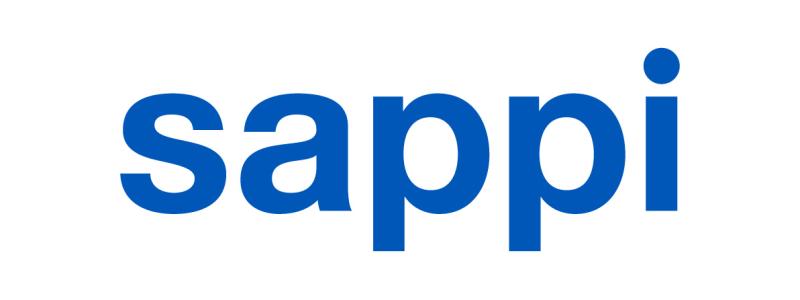Effects are being measured and the interest for print marketing scales up again. Reaching consumers in their homes is a useful tactic to gain both reach and trust.
British JICMAIL now scales up their Response Rate Tracker for 2024 and German MediaCentral analyses the effect of the printed direct marketing channel together with IFH Media Analytics. They come to the same conclusion – direct mail is a cost-effective way to reach consumers and has a great impact.
So does German retailer Aldi Süd, now resuming the distribution of printed advertising flyers in the larger part of their test area, where they for a four-month period only used digital media.
More data for comparison
The print market has gone through decades of decline while an increase in communication has taken place in digital channels. And over the years, the competition for attention within digital interfaces has soared, which has resulted in a growing number of reports that people experience digital fatigue.
Looking back on this development, it's no surprise that media and marketing planners want to have access to more data and better mesuring methods to compare and evaluate their choices. And looking at the reported results from what's now being measured, it's no wonder that print – again – is gaining ground.
JICMail's Response Rate Tracker
The British organisation JICMail follows and delivers measurement data for direct mail, door drops and business mail. They aim to provide the same metrics for physical mail that are available for other channels. During the last year it can be noted that the interest for tracking the results of printed communication has grown substantially. Printweek reports that the number of organisations that contribute data has doubled during 2024, so that now over 2 300 campaigns have been measured.
JICMail's Response Rate Tracker shows that direct mail is being used to good effect in sectors ranging from telecoms, retail, mail order, and charities to gambling, magazine publishing, and estate agents. For door drop campaigns the recent direct response rates are as high as 3% within retail. For warm direct mail, sent to selected addressees, the response numbers have been as high as whopping 25.9% within the medical segment.
"What happens when the preferred medium for communicating offers is not in the letterbox?" This was one of the things IFH Media Analysis in Germany wanted to find out to fully understand the effects of print versus digital communication. "Printed leaflets still have the greatest influence on receipt size, frequency and customer loyalty, especially in food retailing", they concluded from their ChannelUp study where 1,000 representative consumers are surveyed quarterly.
A special part of the survey was aimed at channel changes such as not receiveing leaflets or obtaining an online brochure. Half of those surveyed consciously missed the printed leaflet when they didn't get it. And in the long term, the result was that more than a third (38%) came to visit the advertiser less often than they had visited regularly before.
Also, around half of the consumers said that they do not look for an alternative channel when the ads stop coming, which means they just miss out on the information.
On the same note, German food retail industry news services report that Aldi Süd now has started distributing their weekly printed flyers again after their four-month test period.
Text: Holmen





